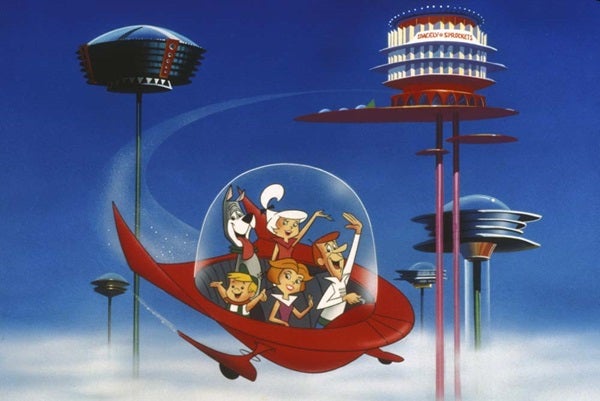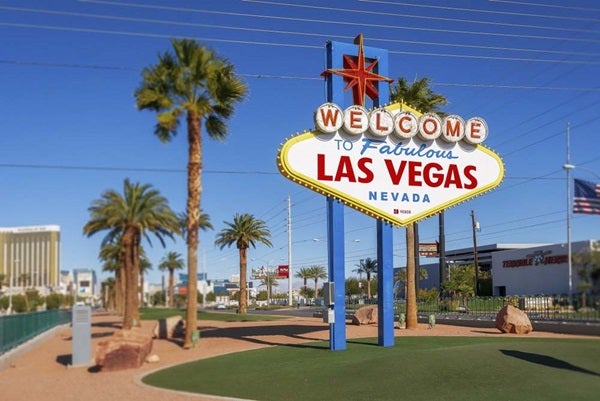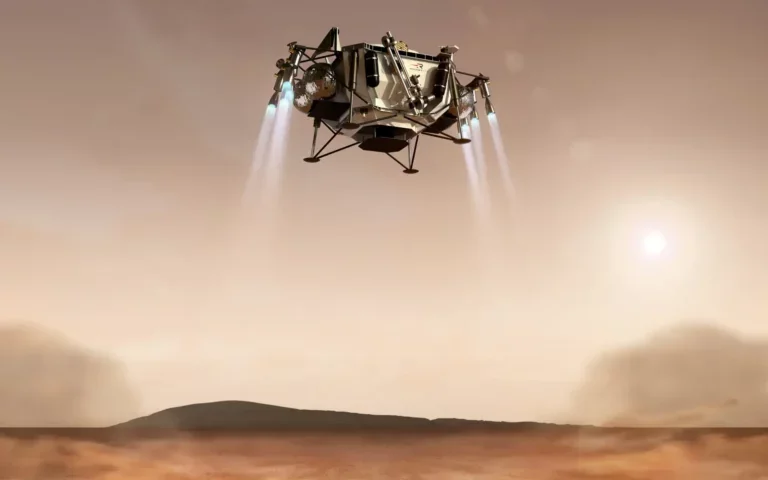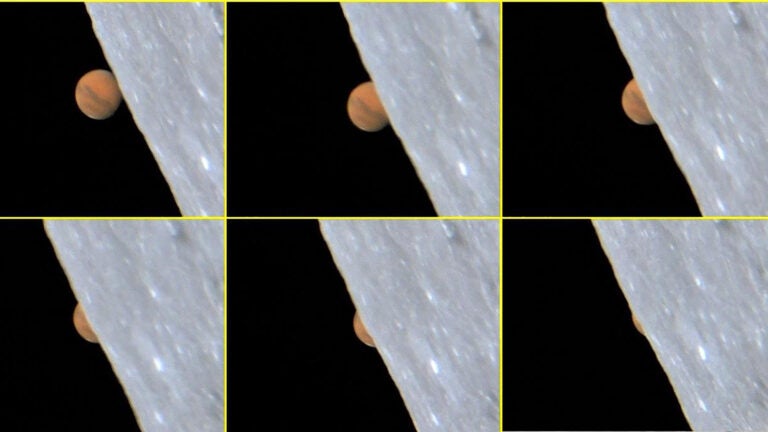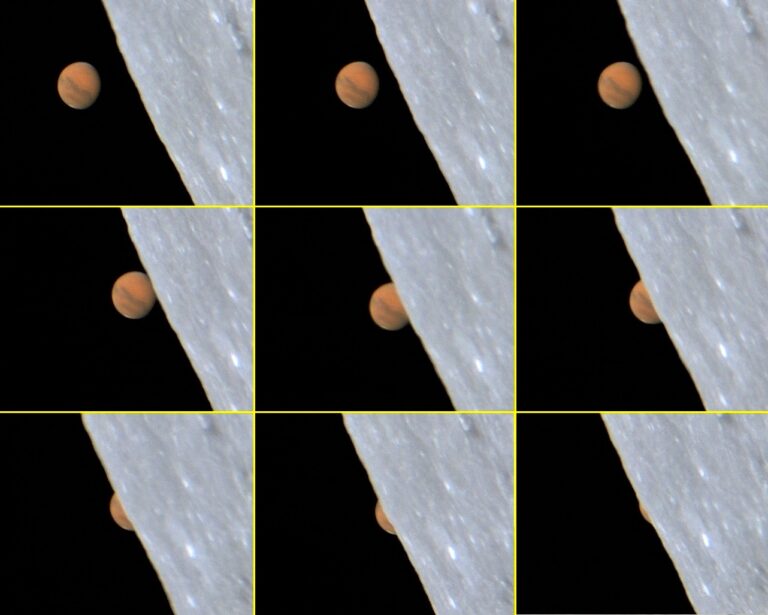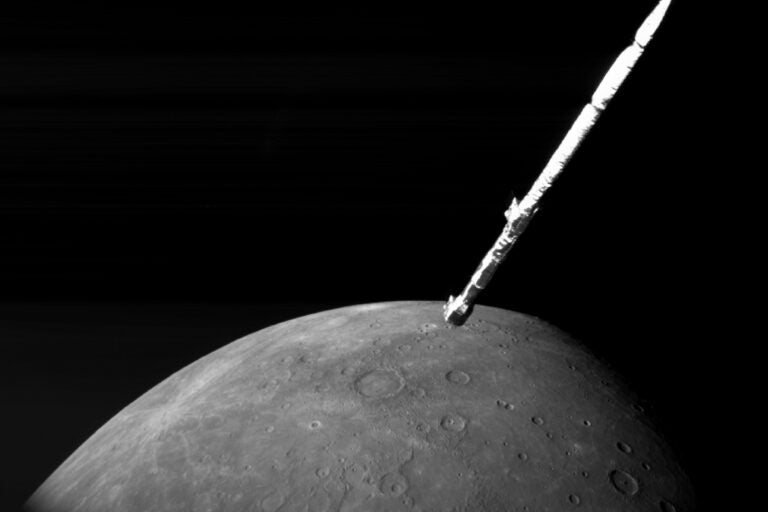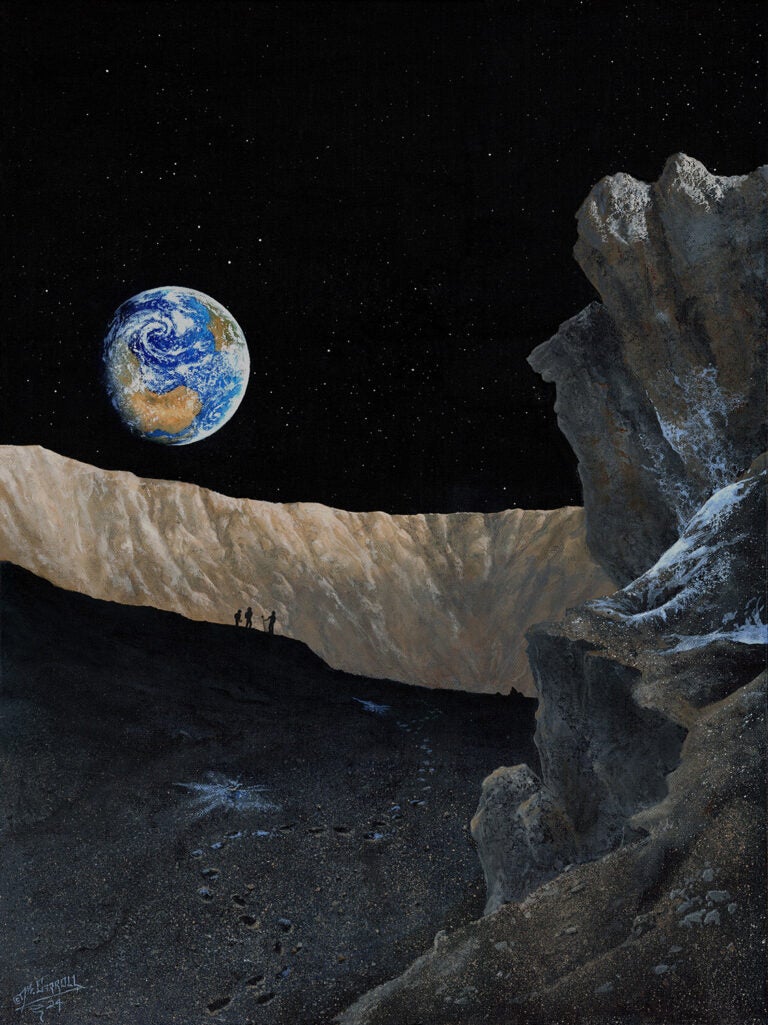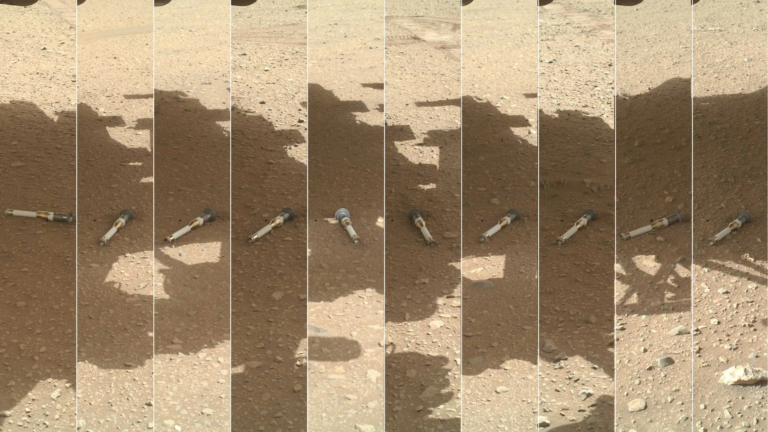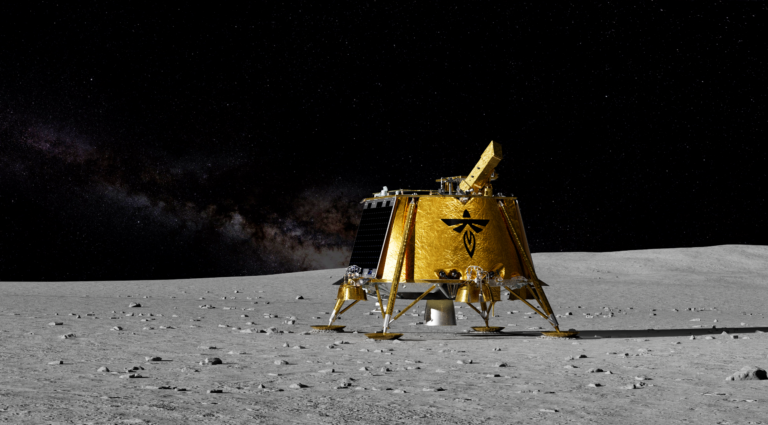Have you ever noticed a diner, or perhaps a motel, gas station, or drive-in, that looks like it would fit in the Jetsons’ neighborhood? A confluence of car culture and the Atomic and Space Ages, Googie architecture (pronounced GOO-gee) is probably the reason behind that quirky, retro-futuristic look.
After World War II, U.S. suburbs were growing fast, leading to many more drivers on the roads. To capitalize on these commuters, businesses needed attention-grabbing buildings and signs that captivated those riding by.
“The architecture itself had to be really bold and vivid and noticeable,” says Alan Hess, an architect and historian who has written extensively on modern architecture in the mid-21st century. “At that time, one of the things that would really attract attention was anything that looked really, really futuristic, really modern, really up to date.”
Television also reflected this optimism toward technology — it would make our daily lives easier, and allow for ever-more-ambitious achievements. In the early 1960s, The Jetsons portrayed a high-tech society with flying cars, housekeeping robots, and meals prepared with the push of a button. A few years later, Star Trek painted an idealistic future where humankind uses advanced technology to explore and understand the universe . . . as well as enjoy meals prepared with the push of a button.
Googie architecture exemplified this sanguine outlook. The style used unconventional shapes, eye-catching colors, and modern materials — including glass, chrome, and lots of plastic. It was bold, playful, and exuberant.
Because many businesses, such as restaurants, car washes, and bowling alleys, were being built in this style, Googie architecture was easily accessible to the average American. You didn’t need to hire an architect to design a modern, futuristic house for you. You could get a taste of Googie by just hopping in your car and scoping out your local diner.
“All you needed was, you know, the price of a hamburger. And you could go into any of these restaurants, and the designs of them were intended to make you feel as if you were participating in this new age,” Hess says.
Still, Googie remained popular for a good two decades or so — fairly long for a trendy architectural style. And although many Googie buildings were torn down after the space race, conservationists and architectural historians around the country now are working to preserve any that remain as historic landmarks. Some, like the nation’s oldest existing McDonald’s in Downey, California, have even qualified for the National Register of Historic Places.
Hess says visiting these sites can really give you a feel for their era. “You get that sense of optimism,” Hess says. “You can still go to these places and feel that. It’s very tangible when you’re sitting there, having a root beer float.”

